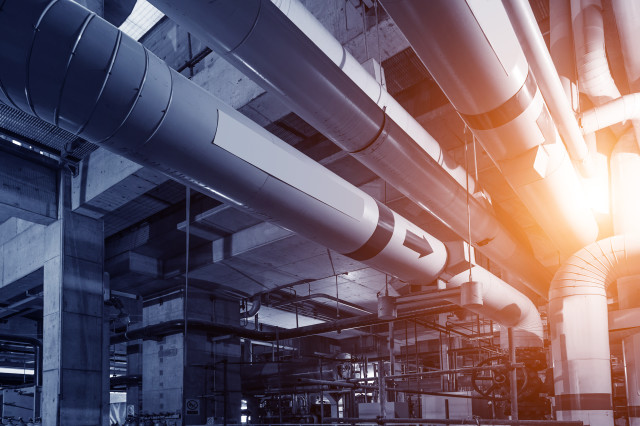Ventilation in a post-Covid world

Newly published guidance on Ventilation changes things. Dominic Horne looks at how.
In our post covid-19 world, consultants have been reviewing guidance and documentation relating to ventilation recently published by CIBSE, ASHRAE and REVHA. The guidance offers different approaches to tackling the reduction of the risk of transmitting air-borne infections through a ventilation system. Discussion with consultants has led to me being told that low level air supply systems may become more commonplace in the industry due to the fact that they are mixed systems and they may contain less contaminants.
The REVHA guidance states that the ventilation system should be purged at the beginning and end of the day and toilet ventilation should be running continuously for 24 hours a day whilst toilet lids remain closed to reduce any contaminants entering the air stream. The guidance is still being deliberated and assessed industry-wide and at this stage it is all about fully understanding the shift in priorities and concerns and then beginning to apply those within design practices wherever practical.
Another type of ventilation system that is currently being assessed for functionality are air handling units with thermal wheels. In ongoing conversations with consultants, the consensus opinion that has emerged is that it is all about checking the effectiveness of them and determining whether there is any possibility/ potential for a small percentage of extract air to leak into the supply meaning that air contaminants may be introduced. However this will require in-depth research to be able to come to any definitive conclusions, and it would be best if this research were to happen sooner rather than later. CIBSE guidance currently states to turn off thermal wheels to reduce air leakage by 1-2% if there is any harmful contaminants in the extract air.
Another type of methodology to reduce the risk of air contaminants allows for higher volumes of air purges. Ordinarily this would be characterised as 10-12l/s/p in a standardised office environment but this may have to be increased if there is the available heating or cooling capacity and the ductwork and grilles can handle the increased static pressure and airflow, effectively allowing for the dilution of potential air contaminants that may have been introduced to the system.
Humidity is another point to consider and whether that will play a part in how the design of ventilation changes in the post Covid-19 world. REVHA guidance states that there are no proven benefits from humidity control of the ventilation system. During the winter periods when humidity is lower and there are fewer static building occupants, dryer throats may result and this could contribute to an increased risk of Covid-19.
In addition to design changes, maintenance activities must also be considered. Design Engineer Lee Tobin says “Personnel now face increased risk of exposure to infection while working on air handling plant, where ducts and equipment could reasonably be considered biohazardous given the high infectivity of Covid-19. Air leakage from these items could make the air inside plantrooms an infection risk.
“Research into air sterilisation technologies has identified several promising approaches over the last century, from ultraviolet germicidal irradiation systems (UVGIS) to dosing the air with a wide variety of disinfectants.

“One of the dosing methods dates back to the Spanish flu where Hypochlorous Acid combined generator/diffusers were investigated as a means to control infection.
“These are again being used today, especially in medical settings and the Asian market, due to their relatively low cost and ease of usage’.
“Their effectiveness against Covid-19 is undergoing active research, however in a world where human contact could prove fatal it is not difficult to justify the usage of devices with any level of disinfection effect.
“It is likely this field will see significant activity in the coming years and air sterilisation regimes could become a standard part of HVAC specifications”.
It is too early to know if the design of ventilation systems will change drastically to accommodate for the risk of Covid-19 and potential air contaminants entering the ventilation system, but both designers and consultants are already considering the impact for both future installations and retrofitted solutions.
Dominic Horne was a Building Services Engineer who made the jump to recruitment consultant with Energi People in February 2020.







